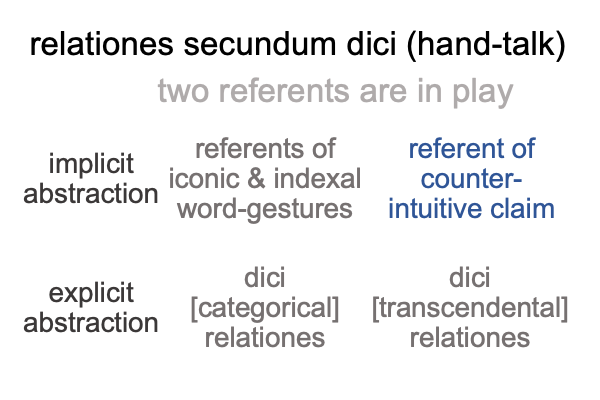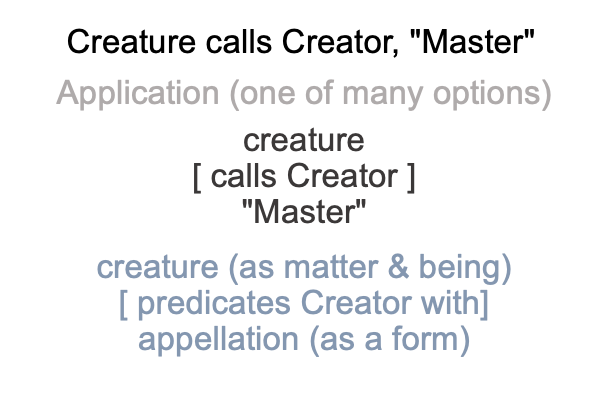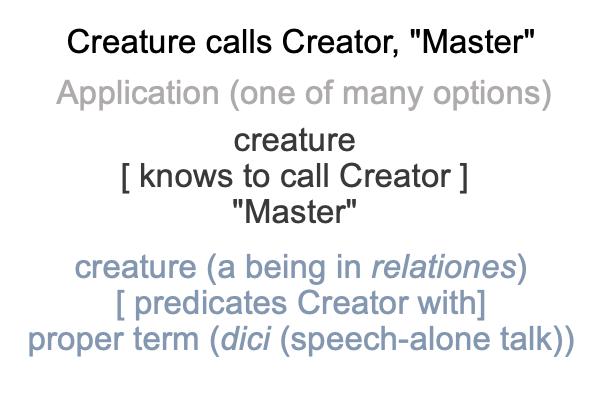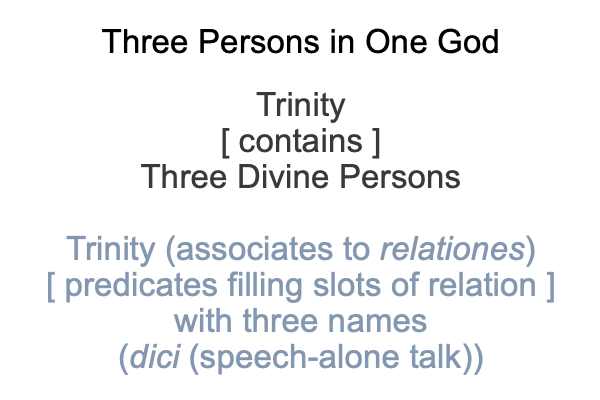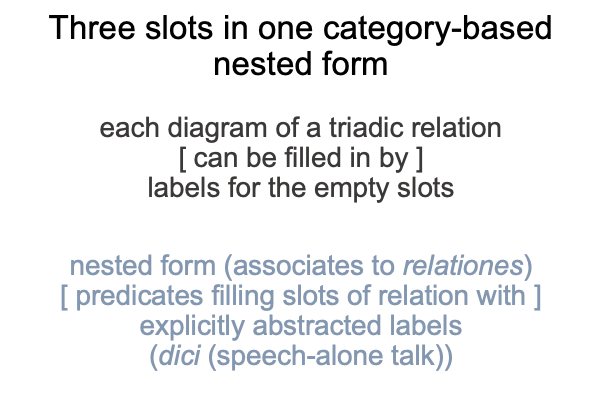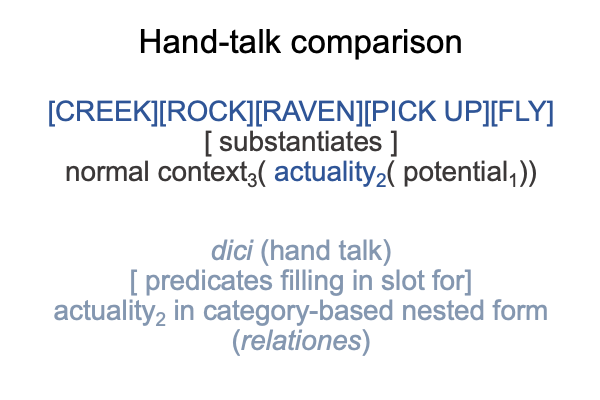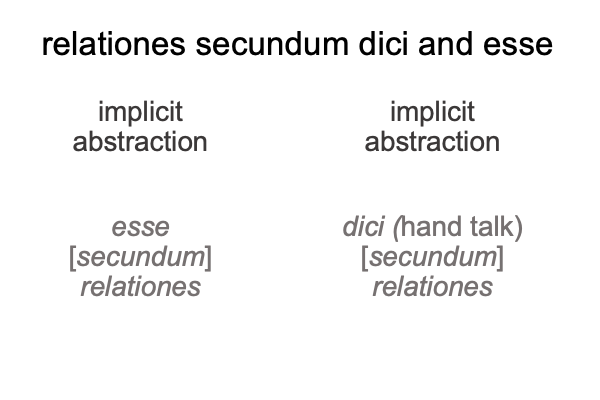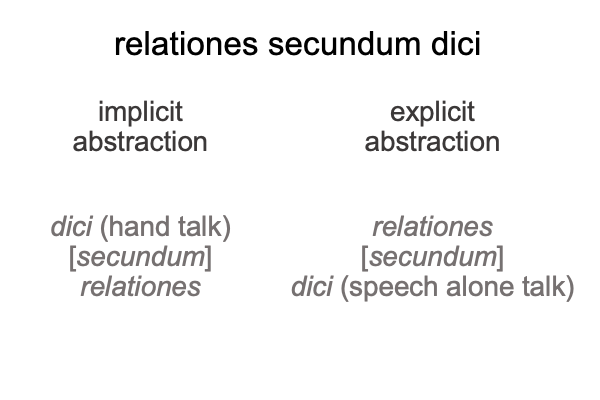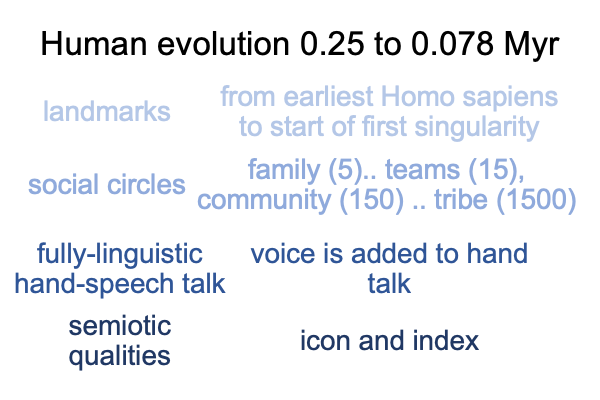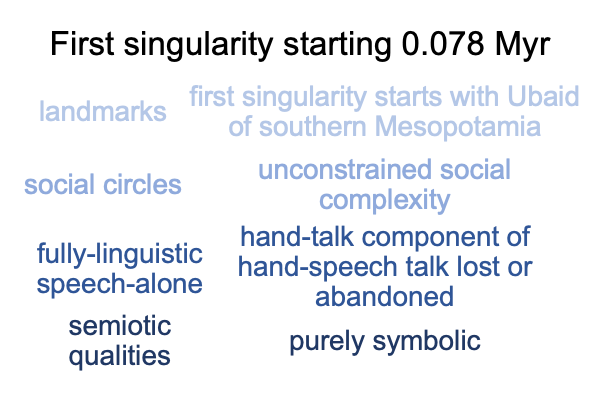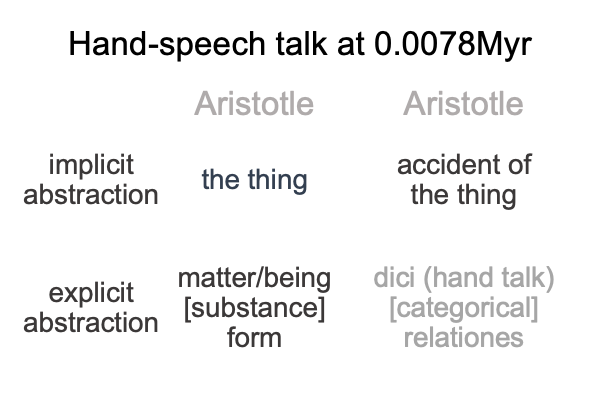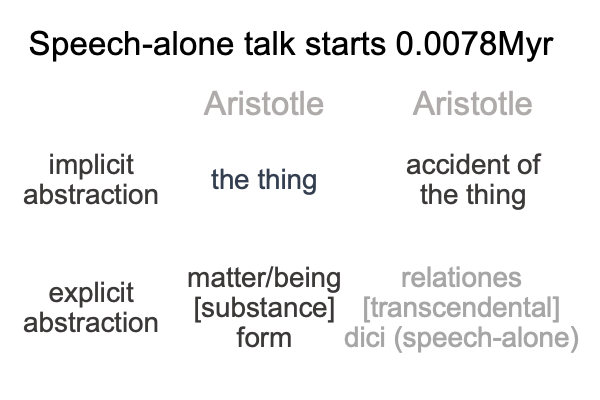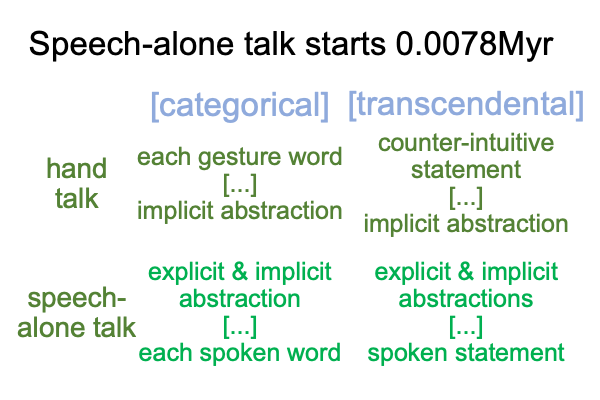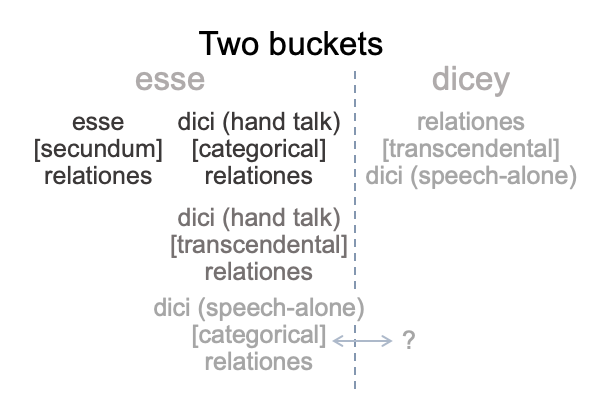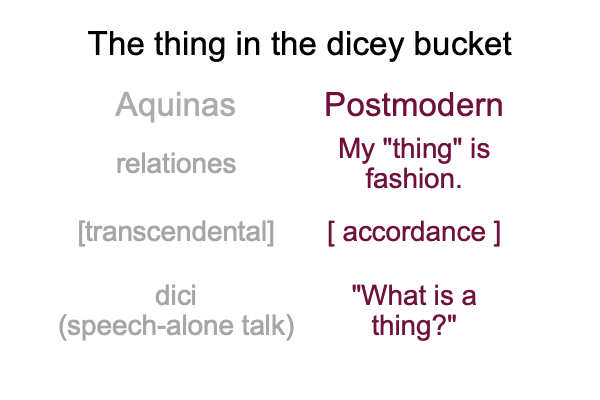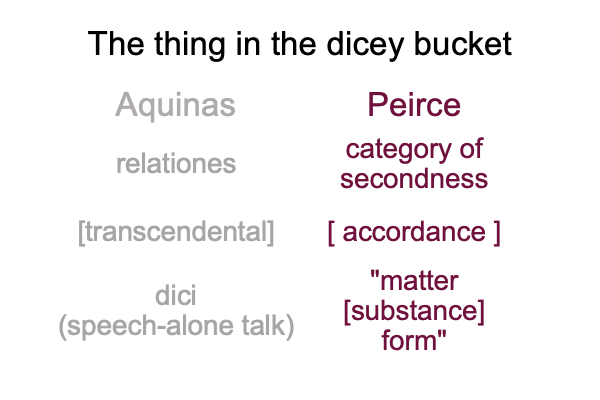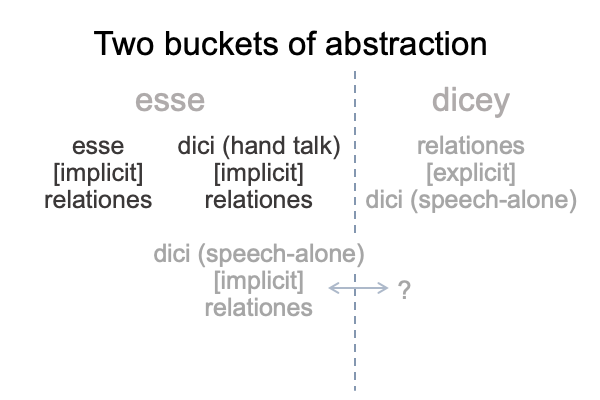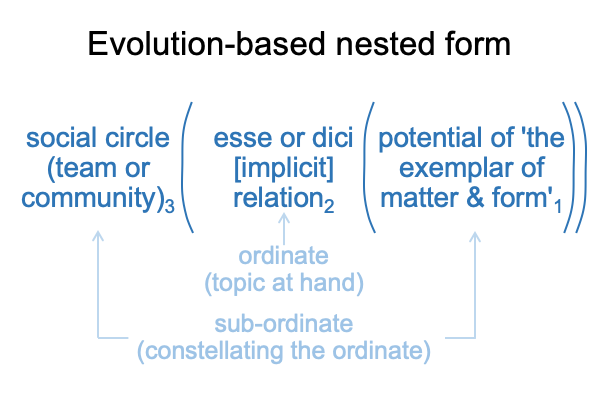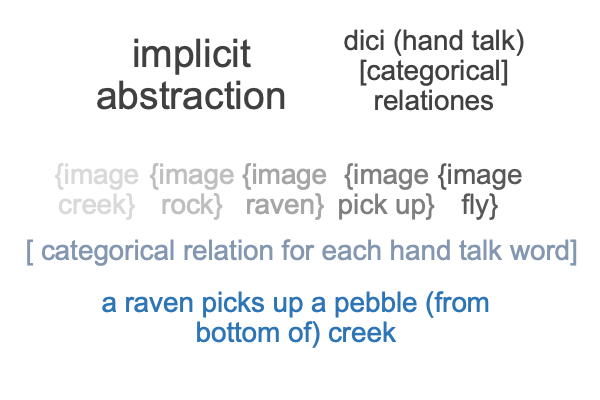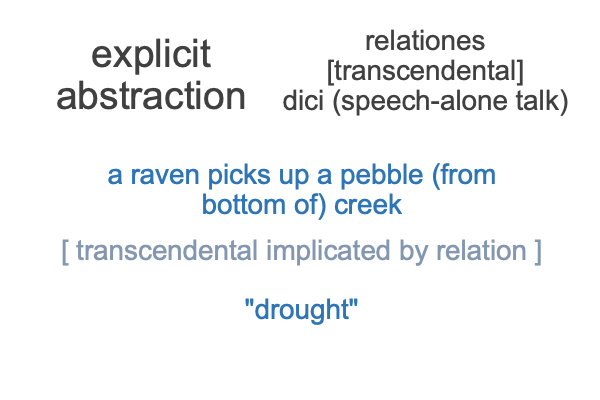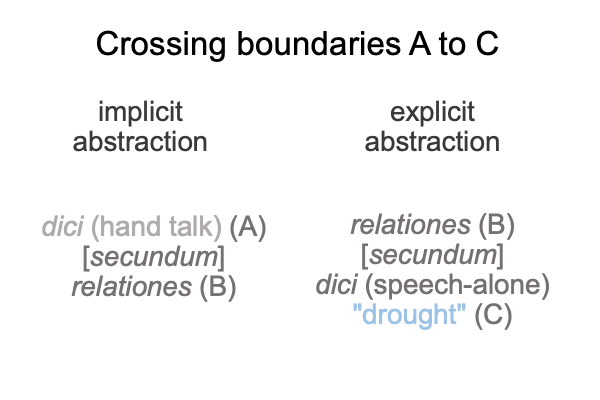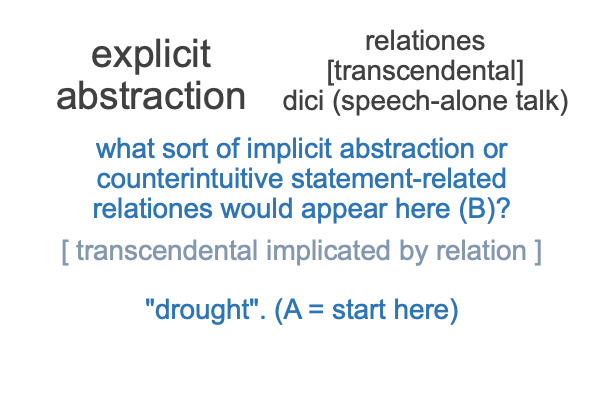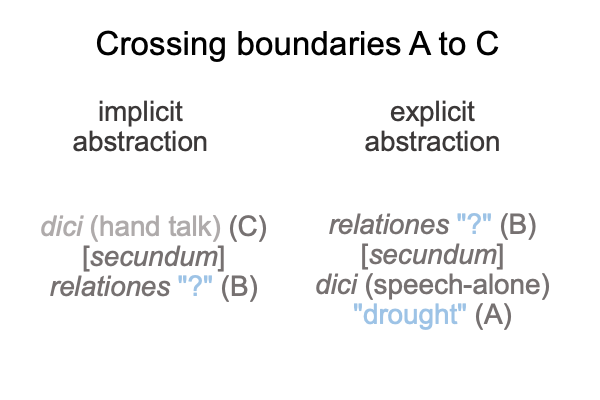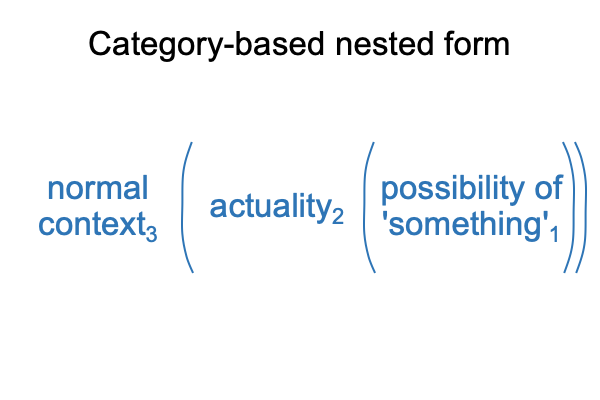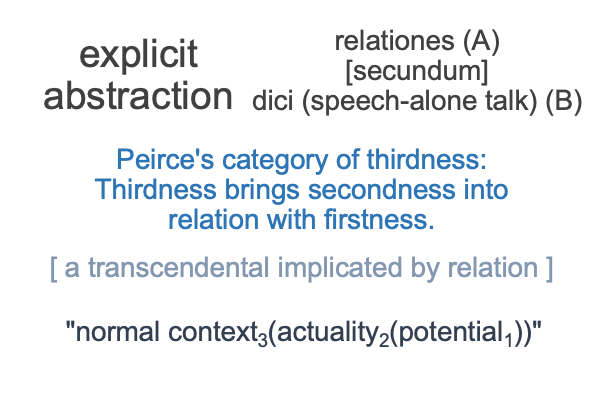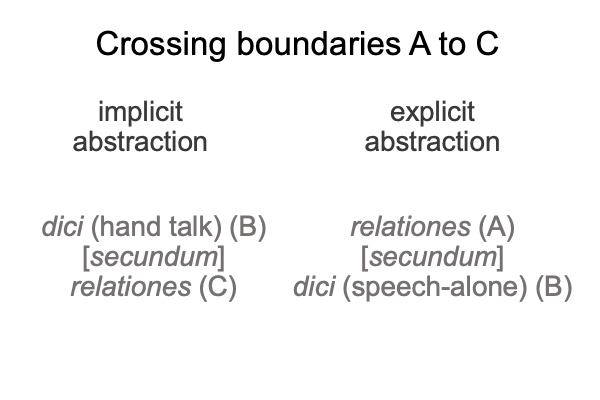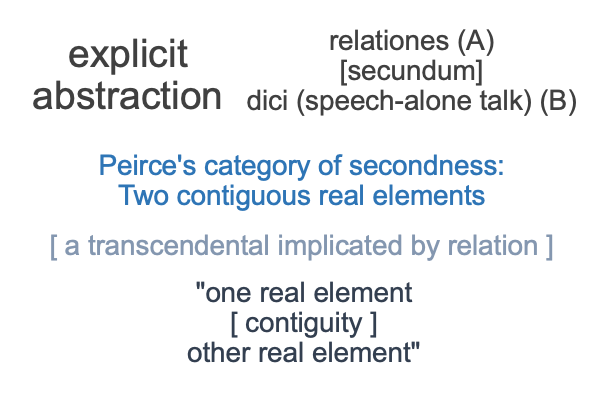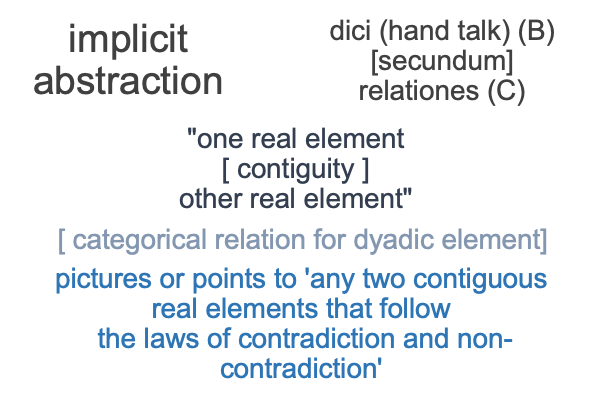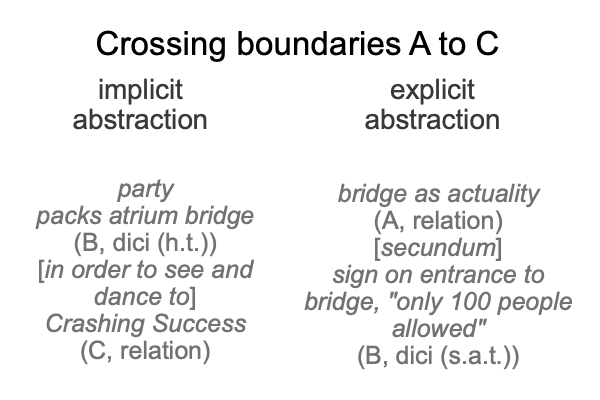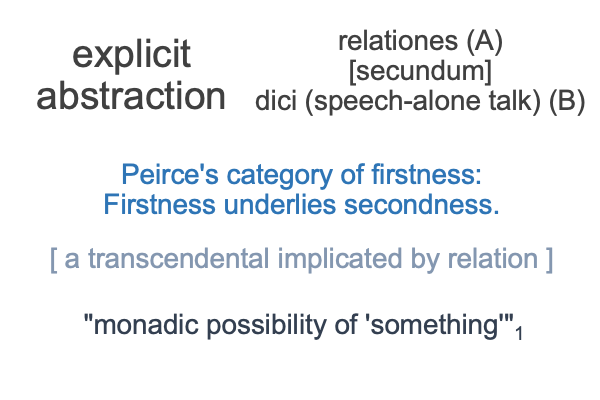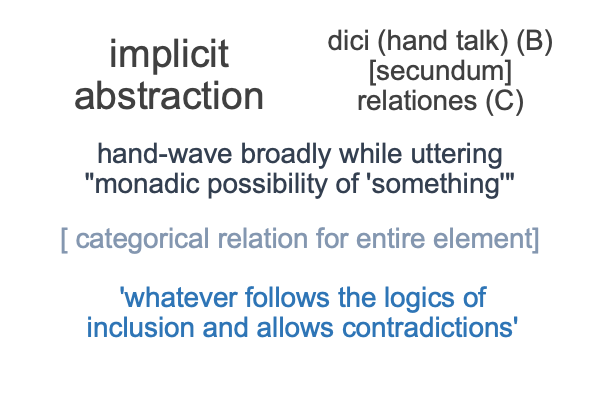Looking at Tomasz Duma’s Article (2023) “The Specificity of Secundum Dici Relations…” (Part 5 of 14)
0042 The next phase in hominin evolution starts with the domestication of fire and continues with the earliest appearance of humans. For convenience, I divide this period into “the intention of humans” and “the creation of humans”.
Here a table for the intention of humans.
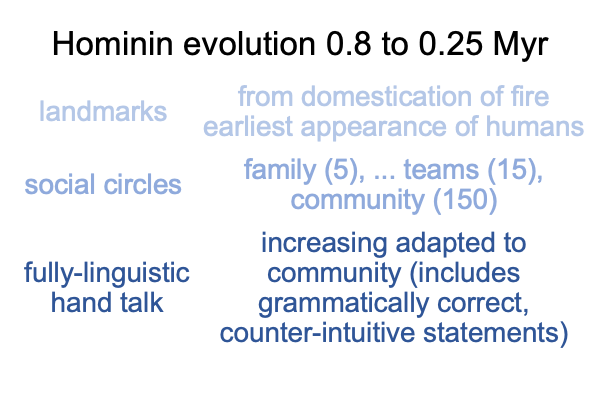
0043 What does the domestication of fire do?
Of course, cooking releases calories from raw food by degrading the collagen of animal tissues and cellulose of plants. Also, cooking detoxifies many foods.
As a result, there are more ways to gather food and more successful teams. The fulcrum of natural selection shifts from the social circle of teams to the social circle of community (which, at 150, is just about a team of teams).
0044 What else?
0045 In the first phase, proto-linguistic hand talk is practiced by teams, for situation-based sensible construction.
In the second phase, the domestication of fire allows hand talk to become its own activity, not subservient to team structures, but available to all… especially after… everyone eats a nice fire-cooked meal. Hand-talk adapts by becoming fully linguistic.
Then, fully linguistic hand-talk has a trick up its sleeve.
Hominins start to produce grammatically correct nonsensical hand-talk statements. This dramatically expands the range of implicit abstraction from sensible to social construction.
0046 Social construction is the meaning underlying the word, “religion”.
Consider the following example, where a fully linguistic statement demands social construction.
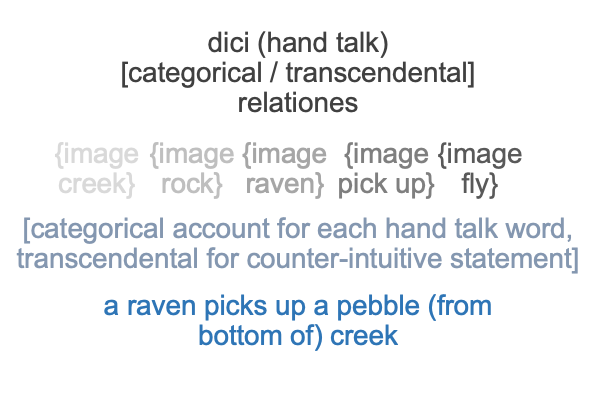
Yes, the statement is counter-intuitive. How is a raven supposed to gather a pebble from the bottom of a creek then fly away? Each gesture-word categorically expresses each referent within a grammatical structure. Yet, the entire sentence defies sensible construction, so resulting the implicit abstraction (here, denoted with speech-alone words) transcendentally expresses the meaning of the counter-intuitive statement.
0047 Duma introduces two types of relations: categorical and transcendental.
Both types of relation appear to be in play in this example.
The relation between each gesture-word and its referent is categorical. Both the gesture and the referent are real. The gesture images or points to its referent. Can images and indications also be called “categorical”?
Similarly, the relation between the entire statement and whatever it is referring to is transcendental. The statement’s meaning transcends the grammatically correct hand-talk utterance.
0048 Now, I ask, “How would Aristotle’s tradition deal with this whatever?
Well, here is one guess.
Aristotle would recognize that the translated statement is not really a sensible statement, because how does a raven swim? The claim is counter-intuitive, even though every hand-talk word associates to mind-independent being.
If “matter” is material to a form, and if “being” is relational to a form, then one could imagine that the two contiguous real elements are being (relation as opposed to material) and form (the counter-intuitive image of a raven obtaining a pebble from the bottom of a creek).
Perhaps, the raven’s being is the one that swims, while the material raven cannot.
0049 Here is a picture.
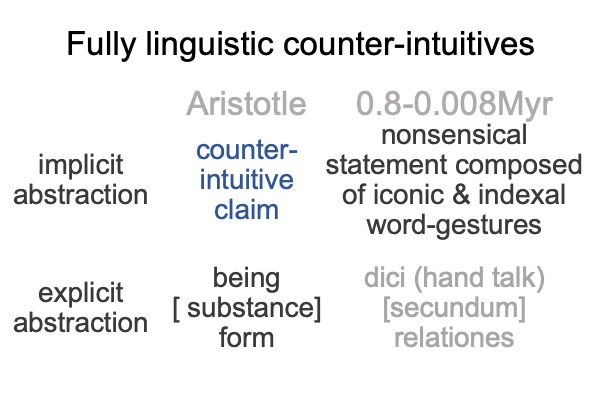
0050 How would a hominin… er… human living before the first singularity deal with this whatever?
Well, the implicit abstraction engages in social, not sensible construction. If each hand-talk word is sensibly constructed, the entire statement is still counter-intuitive and demands social construction.
Now, I can go one more step and ask, “If an observer of the hominin making this counter-intuitive statement has knowledge of Aquinas’s philosophy, what term would he use to refer to this occasion?”
0051 In this instance, the term, relationes secundum dici (hand talk), is more than sensibly guessing the referent given the gesture-word, it requires socially constructing a referent that cannot be pictured or pointed to in hand talk.
Each gesture-word pictures or points to its referent. Without the gesture-word, one would not think of its referent. So, I may say that the contiguity between dici (associating to being) and relationes (associating to form) is categorical.
However, the statement is counter-intuitive, creating an implicit abstraction of a… what? Does the dyad, being [substance] form, apply? Again, dici associates with being, since the relation would not be apparent without the statement. Relationes goes with the form, which must be a social constuction.
